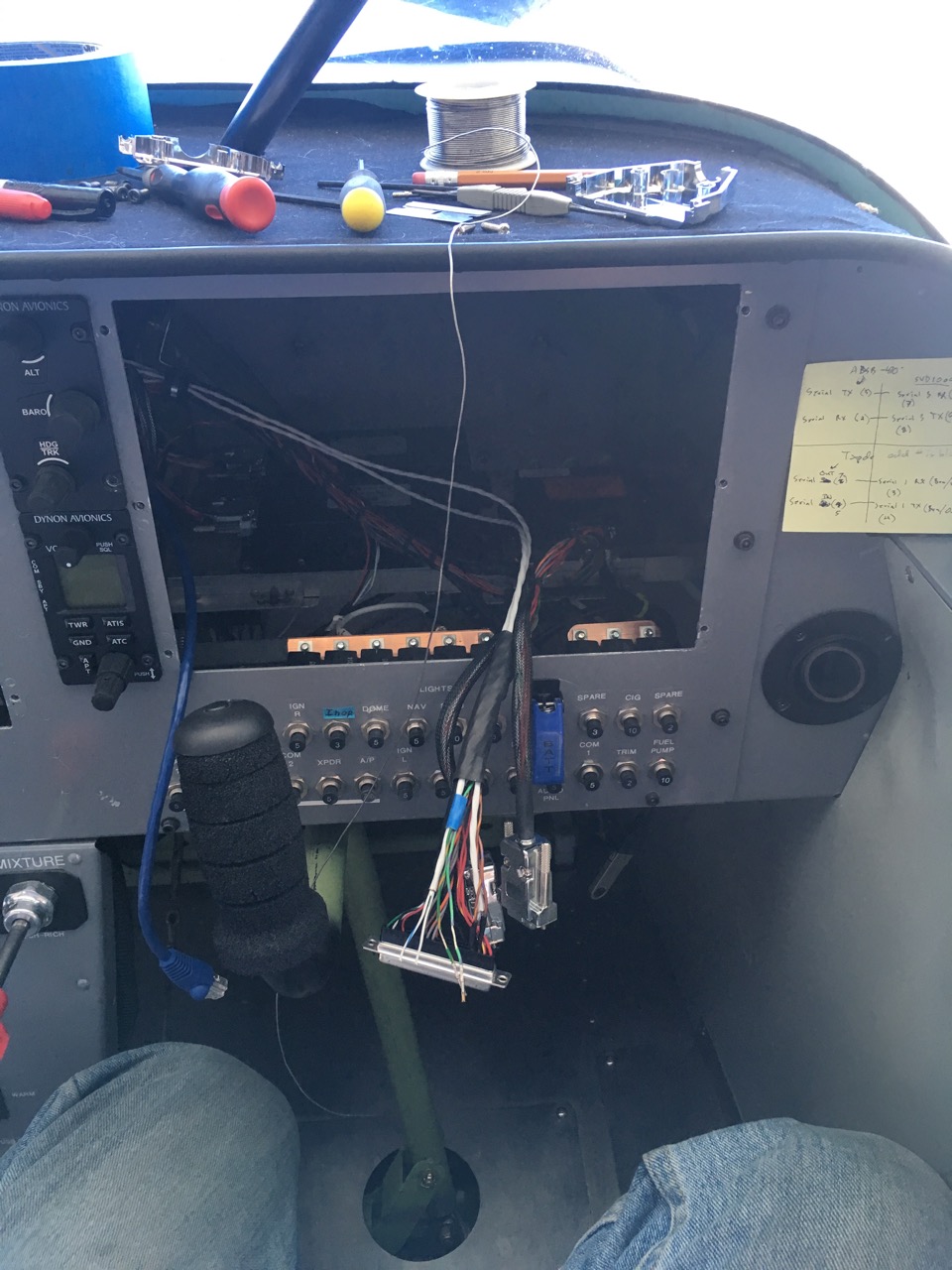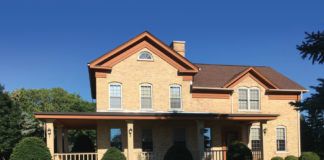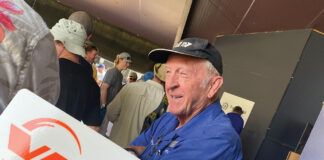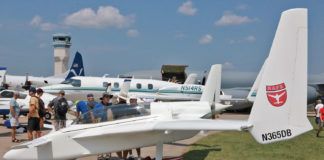No airplane is perfect right out of the box–that is, really, why we test them isn’t it? Of course, there are lots of kits with many examples flying, so the designs are pretty mature–but when it comes to the rarer birds, or popular models that a builder has customized, there are certainly things that Phase 1 will tell us that we need to tweak a bit.
Our Tundra is no exception. Coming out of Phase 1 we have a little list of things we want to work on – the primary one being to install a trim speed controller so that we can have fast elevator trim for takeoff and landing when big speed and power changes mean larger stick forces – but once you’re in cruise, a slower speed is safer from the standpoint of a trim runaway. Along with this we discovered that the stick grips we had installed have certain ergonomic shortcomings when it comes to trying to do a go-around and having to both push and trim at the same time. So trim controller and stick grips – easy to work on.
Today I spent a little quality time with my wiring tools adding a couple of serial data lines to our middle display – the one we use mostly for engine monitoring. It didn’t dawn on us until after we were flying that the SkyView displays all need to be connected to the transponder and ADS-B box, since the serial port configuration is shared among all units – and if one isn’t wired, it doesn’t see what it expects to see, and gives error messages. So a pair of bi-directional serial lines added – check.
We found that fueling the airplane presents a certain acrobatic problem – the configuration of the main gear is such that most ladders and work stands don’t put you close enough to the leading edge of the wing to reach the fuel fillers. So that means stepping up on the tire, then the strut junction – but there is nothing good to hold on to. Fortunately, the design has lifting points in the top of the center spar (for putting the plane on floats), so we came up with the idea of screwing in a pair of tie-down rings to give just a little handle without allowing you to put too much torque on the spar. And we get to explain why we have tied-down rings on the top of the airplane. They actually look tiny old-fashioned DF antennas.
There’ll be more, of course – but that’s half the fun of owning an experimental – it’s never truly finished, and you can play with different ideas and keep the tool skills sharp!














